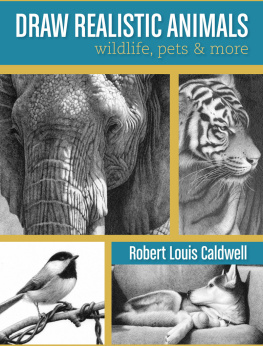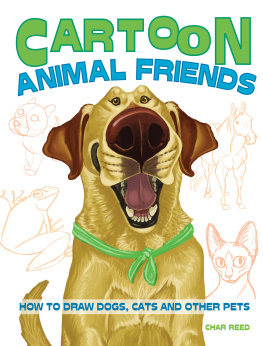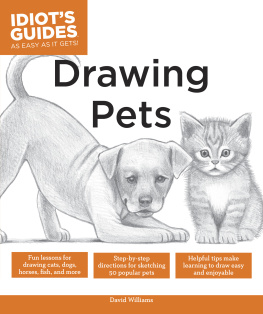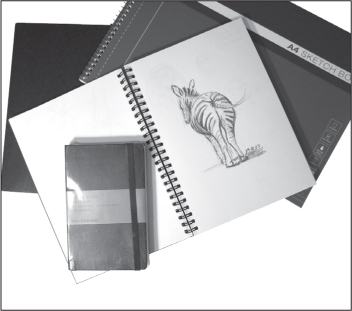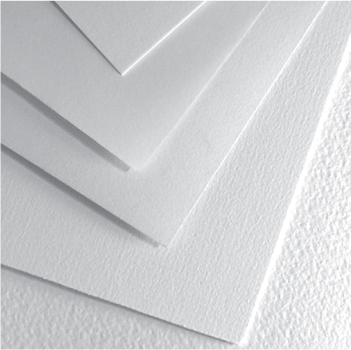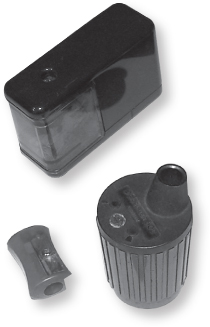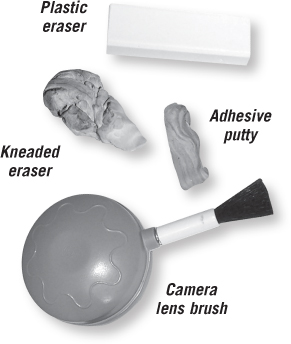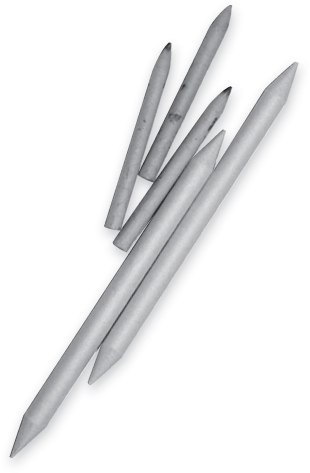Getha Patricia - The Art of Drawing Animals: Discover all the techniques you need to know to draw amazingly lifelike animals
Here you can read online Getha Patricia - The Art of Drawing Animals: Discover all the techniques you need to know to draw amazingly lifelike animals full text of the book (entire story) in english for free. Download pdf and epub, get meaning, cover and reviews about this ebook. City: Irving, CA, year: 2011, publisher: Walter Foster Publishing, genre: Home and family. Description of the work, (preface) as well as reviews are available. Best literature library LitArk.com created for fans of good reading and offers a wide selection of genres:
Romance novel
Science fiction
Adventure
Detective
Science
History
Home and family
Prose
Art
Politics
Computer
Non-fiction
Religion
Business
Children
Humor
Choose a favorite category and find really read worthwhile books. Enjoy immersion in the world of imagination, feel the emotions of the characters or learn something new for yourself, make an fascinating discovery.

- Book:The Art of Drawing Animals: Discover all the techniques you need to know to draw amazingly lifelike animals
- Author:
- Publisher:Walter Foster Publishing
- Genre:
- Year:2011
- City:Irving, CA
- Rating:4 / 5
- Favourites:Add to favourites
- Your mark:
The Art of Drawing Animals: Discover all the techniques you need to know to draw amazingly lifelike animals: summary, description and annotation
We offer to read an annotation, description, summary or preface (depends on what the author of the book "The Art of Drawing Animals: Discover all the techniques you need to know to draw amazingly lifelike animals" wrote himself). If you haven't found the necessary information about the book — write in the comments, we will try to find it.
Featuring an array of adorable pets and majestic wildlife, this exceptional 144-page book offers simple, step-by-step instructions for creating dozens of incredibly lifelike animal drawings. Inside, five talented artists reveal their professional secrets for drawing all the features that are unique to our furry and feathered friendsfrom wet noses and expressive eyes to thick fur and delicate whiskers. The book opens with essential information about drawing tools and materials, followed by instruction on how to approach a drawingsuch as building up forms with basic shapes, transferring a reference, and using a projected photo image. Then the authors demonstrate their unique approaches to drawing through an array of inspiring projects, guiding readers from initial sketches through the detailed shading process to the finishing touches. As readers progress from project to project, they will find a range of helpful topics, such as portraying accurate proportions, creating dynamic compositions, and using colored pencils.
Packed with convincing illustrations and expert instruction, The Art of Drawing Animals is a comprehensive and indispensable resource for all artists smitten with the animal kingdom.
Getha Patricia: author's other books
Who wrote The Art of Drawing Animals: Discover all the techniques you need to know to draw amazingly lifelike animals? Find out the surname, the name of the author of the book and a list of all author's works by series.

